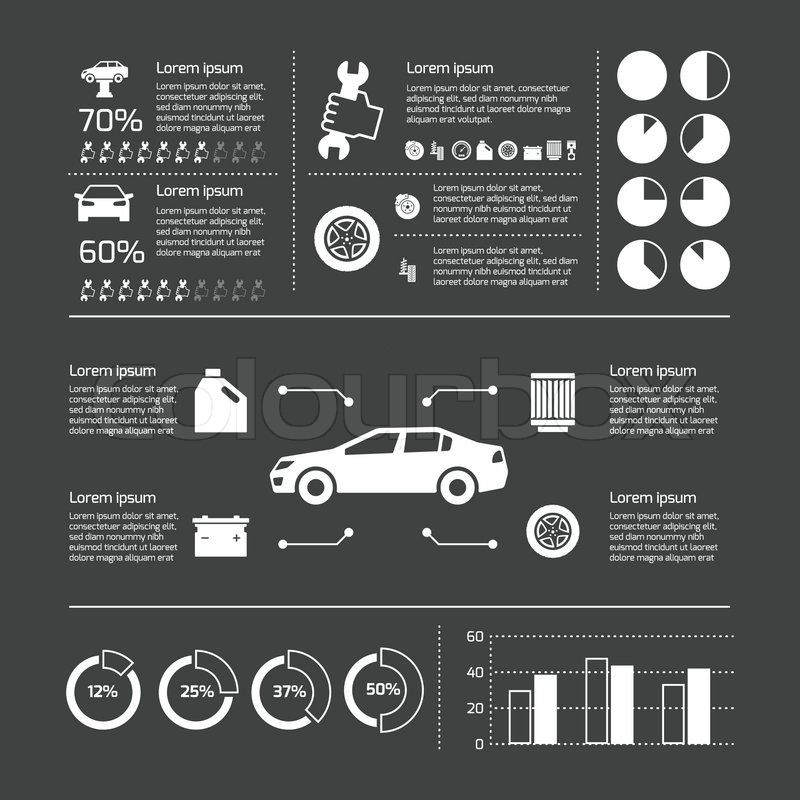Wish To Learn More Concerning The Warning Lights On Your Control Panel? Discover What They Suggest Concerning Your Automobile'S Health And Safety
Wish To Learn More Concerning The Warning Lights On Your Control Panel? Discover What They Suggest Concerning Your Automobile'S Health And Safety
Blog Article
Material Writer-Lim Gilbert
When you're behind the wheel, those beautiful warning lights on your control panel can be a little bit complicated. Do you recognize what they're trying to inform you about your auto's health? Recognizing the value of these lights is essential for your safety and security and the long life of your car. So, the following time one of those lights appears, would not you want to decode its message properly and take the essential steps to address it?
Common Warning Lights and Interpretations
Identify typical warning lights in your car and recognize their significances to ensure secure driving.
One of the most common warning lights consist of the check engine light, which signifies concerns with the engine or discharges system. If this light begins, it's vital to have your automobile inspected quickly.
The oil stress alerting light indicates low oil stress, requiring instant attention to avoid engine damages.
A blinking battery light could recommend a damaged billing system, potentially leaving you stranded otherwise dealt with.
The tire pressure monitoring system (TPMS) light signals you to low tire stress, impacting car stability and fuel effectiveness. Ignoring this could lead to unsafe driving conditions.
The abdominal muscle light suggests a trouble with the anti-lock stopping system, jeopardizing your ability to quit rapidly in emergencies.
Lastly, the coolant temperature advising light warns of engine overheating, which can cause extreme damage if not solved swiftly.
Recognizing these typical caution lights will certainly help you deal with issues promptly and preserve safe driving conditions.
Relevance of Prompt Interest
Comprehending the common caution lights in your auto is just the first step; the value of immediately addressing these warnings can't be stressed sufficient to guarantee your security when driving.
When a warning light brightens on your dashboard, it's your vehicle's method of connecting a prospective concern that requires interest. Overlooking hop over to this web-site can result in more severe issues in the future, compromising your safety and possibly costing you more in repairs.
Motivate focus to warning lights can prevent break downs and mishaps. For instance, a blinking check engine light can show a misfire that, if left ignored, can cause damages to the catalytic converter. Addressing please click the next web page can save you from a costly fixing.
Similarly, a brake system warning light could indicate low brake fluid or worn brake pads, critical parts for your safety and security when driving.
Do It Yourself Troubleshooting Tips
If you notice a caution light on your dashboard, there are a couple of do it yourself troubleshooting ideas you can try prior to looking for specialist help.
The first step is to consult your cars and truck's guidebook to understand what the certain caution light indicates. Occasionally the issue can be as simple as a loose gas cap activating the check engine light. Tightening up the gas cap might deal with the problem.
One more usual issue is a reduced battery, which can set off numerous advising lights. Checking the battery connections for deterioration and guaranteeing they're safe may deal with the trouble.
If a caution light lingers, you can try resetting it by separating the auto's battery for a few mins and then reconnecting it. Additionally, examining your automobile's liquid levels, such as oil, coolant, and brake liquid, can assist repair advising lights associated with these systems.
Verdict
Finally, comprehending your vehicle's caution lights is essential for maintaining your lorry running efficiently and safely. By quickly dealing with these notifies and recognizing what they indicate, you can prevent costly repair services and prospective breakdowns.
Remember to consult your car's guidebook for specific details on each cautioning light and act appropriately to guarantee a trouble-free driving experience.
Keep notified, stay safe on the road!
